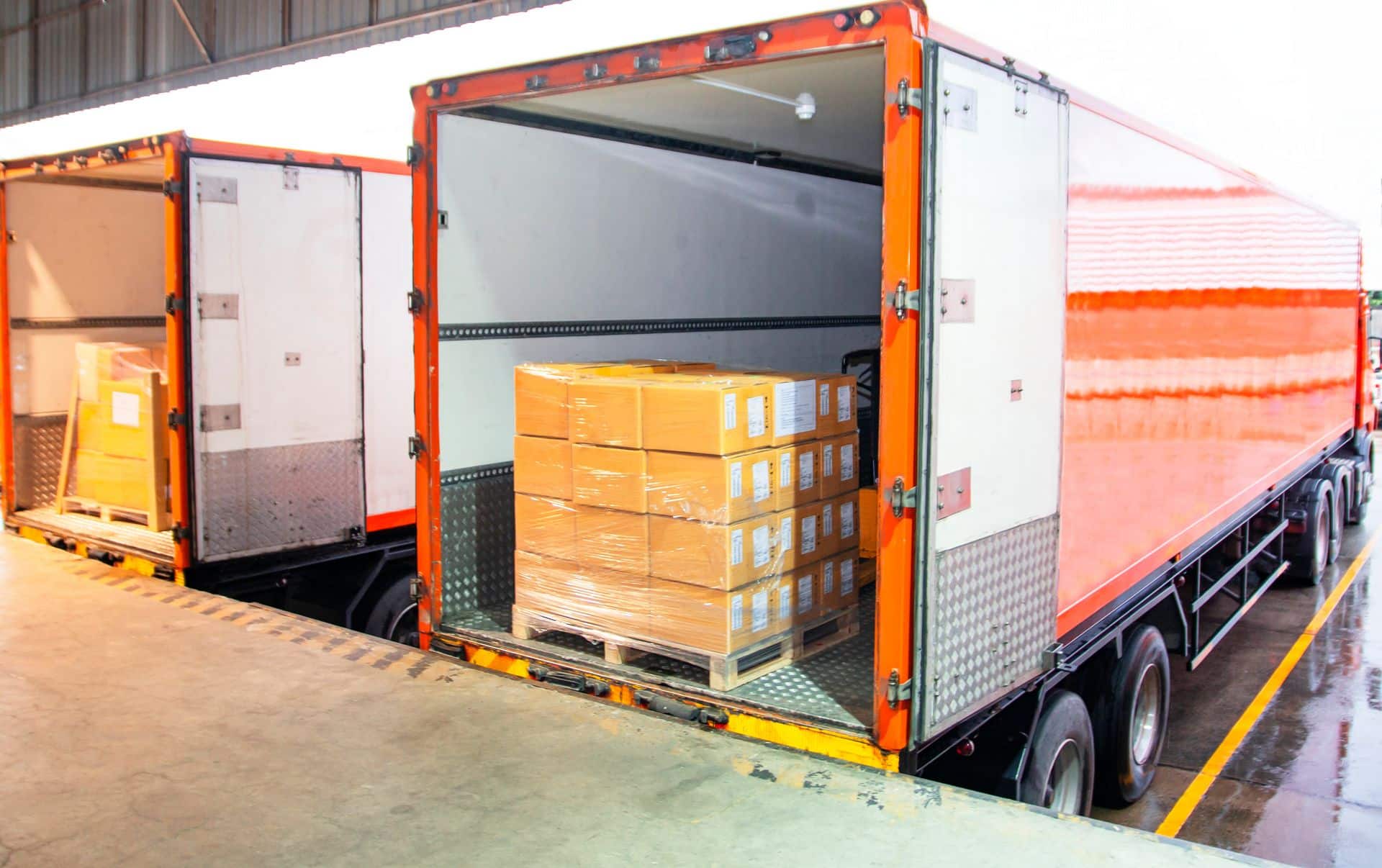The swap body - also known as a swap container or swap body (WAB)
Special transport containers are needed to ensure smooth transportation within Europe and, in particular, to make it bimodal, i.e. alternating between road and rail. The swap body, also known as a swap container or swap body (WAB), does exactly that. It corresponds to standardized dimensions, whereby the length varies (6,250 mm or 7,150 mm), but the width (2,500 mm) and height (2,600 mm) remain the same.
In contrast to containers, the special feature of a swap body is that it cannot be stacked on top of each other. So-called loading cranes are needed to enable the goods transported in such a container to be handled. These are always used when switching between modes of transport (rail to road, road to rail).
Important: A swap body usually has several extendable support legs so that this type of transport container can be raised or lowered. This only requires certain lifting devices on the chassis, so that a temporary storage is possible regardless of the aids available at the respective location.
Advantages of using swap bodies
- Swap bodies are a standard in the cross-border transportation of goods and merchandise within Europe, both in road and rail freight transport
- Swap bodies are suitable for a high degree of automation in storage, as they are designed for the size of Euro pallets
- Swap bodies save time and also money thanks to simplified handling
- Folding doors, roller shutters or similar can be added as an option. Additional modules can be added, depending on the sector
- Typical applications such as the transportation of sound and lighting equipment or concert technology show how, for example, "mobile stages" can be created that can easily be converted back into load carriers
Disadvantages of swap bodies
- If applicable. High financial outlay for adaptation to special requirements, such as exceeding product dimensions or maximum weights
- Higher purchase price in combination with a manageable payload
